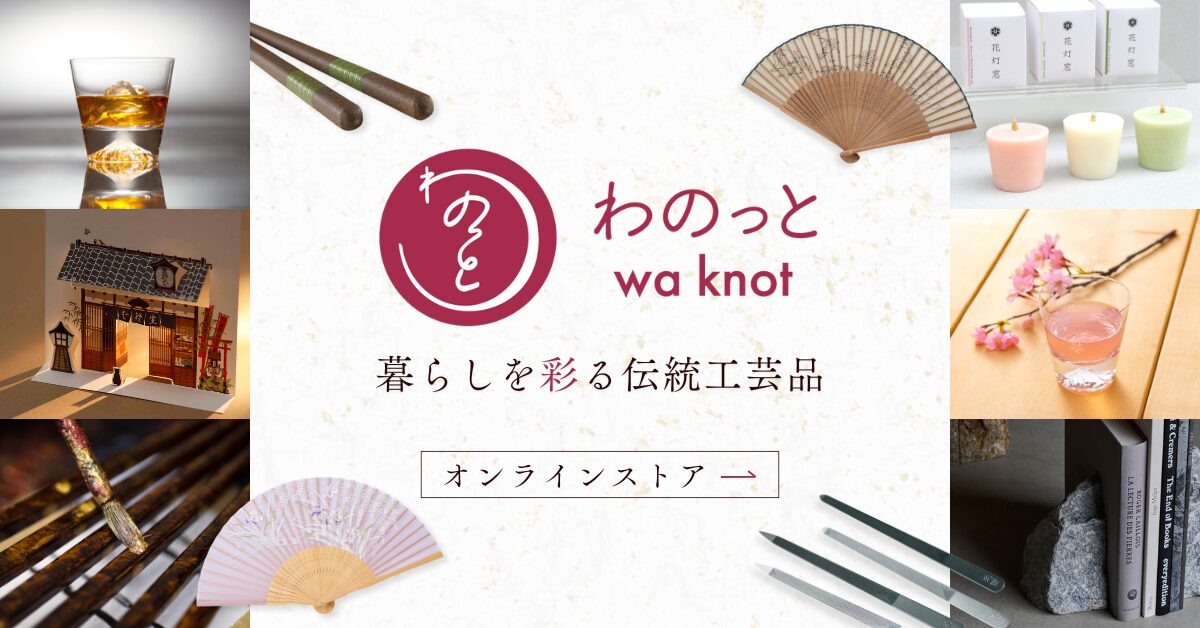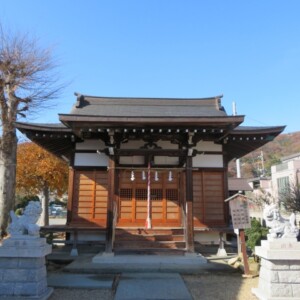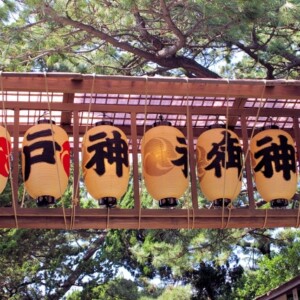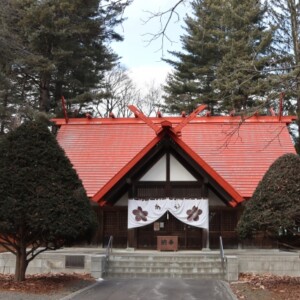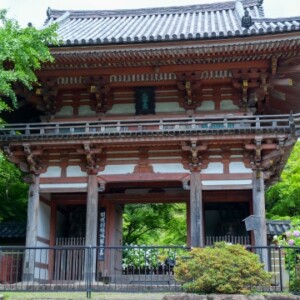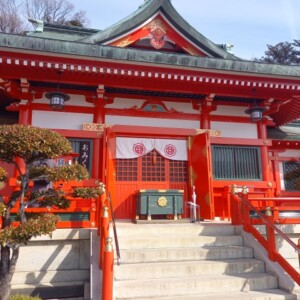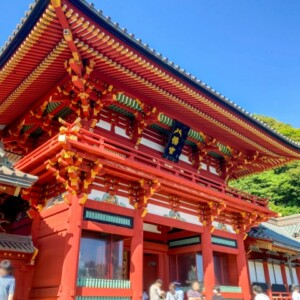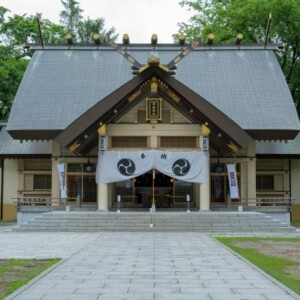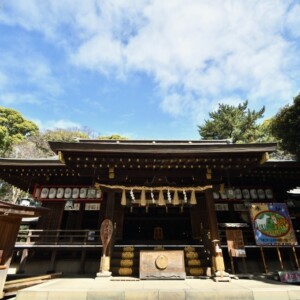
Nikko Futaarasan Shrine|Complete guide to the history, highlights, and worship at this World Heritage-listed shrine in Shimono-kuni.
Nikko Futaarasan Shrine, which constitutes the World Heritage Site “Shrines and Temples of Nikko,” is a venerable old shrine with a history of over 1,200 years. Nantai, and has been loved by many worshippers for its blessings of matchmaking and good fortune.
Overview and basic information about Nikko Futaarasan Shrine
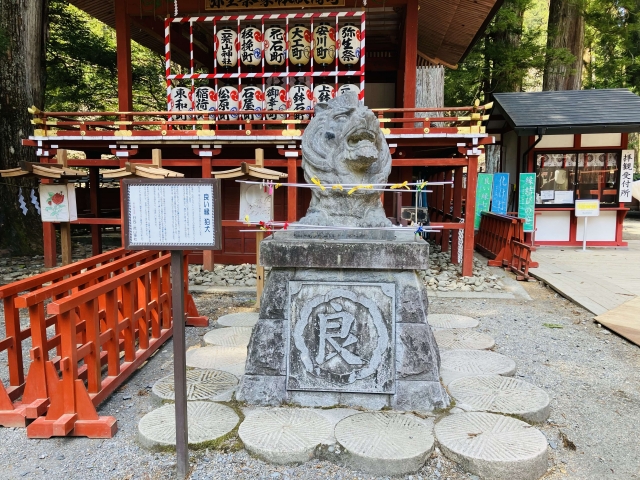
Nikko Futaarasan Shrine is located in Nikko City, Tochigi Prefecture, and is known as the ancient shrine where the Nikko Mountain faith began. The official name of the shrine in the religious corporation registry is “Futaarasan Shrine,” but it is called “Nikko Futaarasan Shrine” to distinguish it from Futaarasan Shrine in Utsunomiya City. The shrine has long been revered as a Shikinai-sha (Meishin-taisha) and the first shrine in Shimono-kuni, and is currently designated as an annexed shrine by the Jinja Honcho.
The grounds of the shrine, together with Nikko Toshogu Shrine and Rinnoji Temple, are designated as “Nikko Sannai,” a national historic site, and in 1999 were registered as a World Heritage Site as the “Shrines and Temples of Nikko. The shrine enshrines the three main mountains of Nikko, the main peaks of the Nikko mountain range in the northern part of the Kanto Plain, as its sacred body, and is divided into three parts: the Head Office, the Nakamiya Shrine, and the Okumiya Shrine.
History and Origin
The history of Nikko Futaarasan Shrine dates back to 782 (Enryaku 1) in the late Nara Period. It is said that Shodo Shonin, an ascetic monk from Yakushi-ji Temple in Shimono, succeeded in climbing Nantai-san and built the Okumiya Shrine at the summit. Later, in 784 (Enryaku 3), Chugu Shrine was built on the shore of Lake Chuzenji.
During the Heian period (794-1185), the shrine was highly revered by the Imperial Court, and in 836 (Shōwa 3), Futarajin received the rank of Shōgokushin, and later in 869 (Jōkan 11), he was promoted to Shōnini-rank. As a Meishin-taisha, listed in the Engishiki Shinmeicho (Engi Shiki Shinmei Chou), the shrine has long been regarded as a shrine of high rank.
In the early Kamakura period (1185-1333), artifacts excavated from the ruins of the summit of Mt. In 1619, the main shrine was rebuilt by Tokugawa Hidetada.
Deities and Benefits
The main deity of Nikko Futaarasan Shrine is Oonamuchi no Mikoto, the deity of Nantaiyama (Mt. Futaarasan). The other three deities, Tagorihime-no-mikoto, the deity of Mt.
Okimiki-no-mikoto is also known as the main deity of Izumo-taisha Shrine, and is worshipped as the god of nation-building, agriculture, and commerce. He is believed to be especially beneficial for match-making, conjugal harmony, family safety, and prosperous business. It is also believed to bring blessings for luck in victory and good fortune, and many people visit the shrine when they make important decisions or milestones in their lives.
Nikko Futaarasan Shrine Highlights
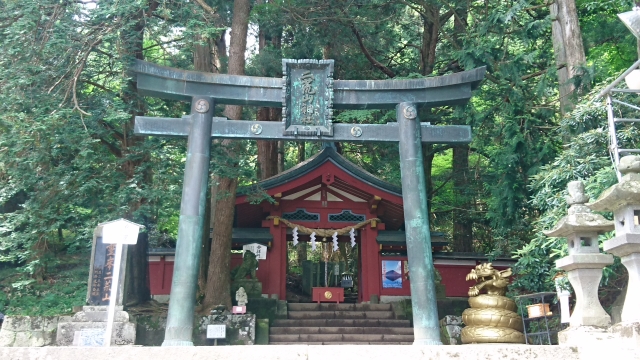
Nikko Futaarasan Shrine forms a sacred space where historical buildings registered as a World Heritage Site and the rich natural environment are in harmony. The vast grounds of the shrine, which include not only the main shrine grounds but also the Chugu Shrine and Okumiya Shrine, are dotted with different attractions and sights.
Architectural and Structural Attractions
All seven of the buildings in the Nikko Futaarasan Shrine precincts, located within the headquarters precincts, are designated as National Important Cultural Properties. The main hall was rebuilt by Tokugawa Hidetada in 1619 (Genna 5) and features the beautiful Gongen-zukuri architectural style. Together with the worship hall, it is impressive for its vivid vermilion coloring and ornate decoration.
Shimbashi is a beautiful wooden vermilion-lacquered bridge that marks the entrance to the Nikko Shrine, and as a structure of Futaarasan Shrine, it is the gateway to the World Heritage Site “Shrines and Temples of Nikko. This sacred bridge, said to have been built in the Nara period (710-794), is also known as Yamasugan no Hebabashi, and is deeply connected with the legend of Katsudo Shonin’s founding of Nikko.
There are two separate shrines, Hongu Shrine and Takio Shrine, each with its own main shrine, worship hall, Karamon gate, and other important cultural properties. These buildings represent the best of the architectural techniques of the early Edo period, and their decorative arts, such as sculpture and coloring, are also a highlight.
Nature and Scenic Beauty
The grounds of Nikko Futaarasan Shrine are located within the Nikko National Park and are surrounded by the magnificent nature of the Nikko Mountain Range, including Mt. Within the precincts of the headquarters are hundreds of year-old cedar trees, which create a sacred atmosphere. Especially in the shrine garden, visitors can enjoy the natural beauty of the four seasons, with cherry blossoms in spring, fresh greenery in summer, autumn leaves in fall, and snow in winter, each presenting its own beautiful scenery.
From Chugu Shrine, visitors can enjoy a panoramic view of the beautiful surface of Lake Chuzenji and the majesty of Mt. Nantai, is estimated to be over 1,000 years old, and two yew trees, Strain A and Strain B, are designated as “Chugu Shrine Yew” and are designated as a natural monument by Tochigi Prefecture.
From the top of Mt. Nantai (elevation: 2486 m), where the inner shrine is located, a magnificent panoramic view of the Kanto Plain can be seen, and on clear days, the Tokyo Sky Tree can be seen in the distance. During the period of worship (April 25-November 11), many climbers make the ascent to the summit, keeping the tradition of faithful mountaineering alive.
Cultural Properties and Important Collections
Nikko Futaarasan Shrine possesses a large number of valuable cultural properties, many of which are designated as national treasures or important cultural properties. The Nikko Futaarasan Shrine is especially famous for its collection of swords, and many famous swords are dedicated to the shrine, including the “Great Sword, Unmarked, No. Tairomaru” from the Nanbokucho Period (1644-1644).
The Chugu Shrine Treasure House exhibits ritual relics excavated from the Nantai Summit site, dating from the Nara to early modern periods. These artifacts are designated as Important Cultural Properties as “artifacts excavated from the Nantai Summit Site” and are valuable materials that tell the history of mountain worship in Japan. The museum houses items that tell the history of mountain asceticism, such as a copper sutra case, mirrors, and swords.
In addition, the “Nikko-zan Engi (Nikko Mountain Engi),” established in the late Muromachi period (1336-1573), is known as a valuable document that describes the legends of the gods of Mt. The legend describes that the gods of Mt. Nantai and Mt. Akagi fought each other as a giant snake and a giant centipede, respectively, and that the god of Mt. Nantai won the battle.
Guide to Prayer and Worship
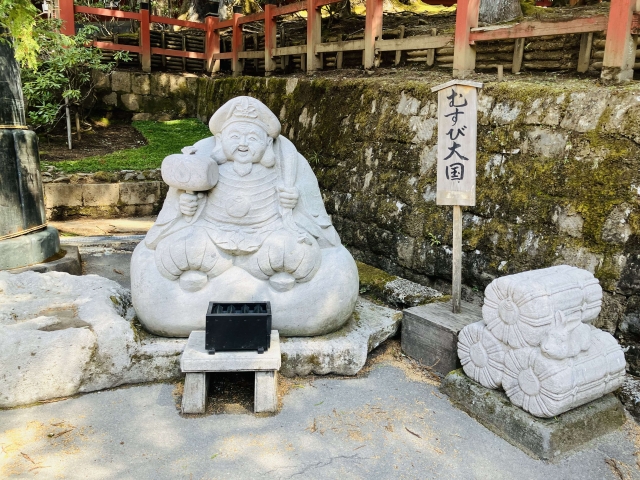
Worship at Nikko Futaarasan Shrine is a special experience in the sacred space of a World Heritage site. It is important to maintain a quiet and peaceful environment while on the grounds of the shrine by practicing the proper manners of worship. Each of the main shrine, Chugu Shrine, and Okumiya Shrine has its own unique charms, and we recommend that you allow plenty of time for your visit.
Worship Etiquette and Manners
Worship at Nikko Futaarasan Shrine is conducted in the same manner as at most Shinto shrines. When passing through the torii gate, bow lightly and avoid the center of the path. After purifying your hands and mouth at the hand- and mouth-watering water stall, go to the main shrine building, pay money offering, and bow in the manner of “Nirei Ni-Beat-Itte-Itte”.
In the shrine garden, there is a sacred spring where visitors can receive holy water, and many visitors purify themselves with this pure water. The temple grounds are also dotted with other points of interest, such as Kaketoro lanterns and Daikokuden, which allow visitors to take their time while strolling through the temple grounds.
Chugu Shrine offers a quiet and relaxing place to worship, and is also a popular power spot where visitors can feel the power of the god of “victory. If you wish to climb Mt. Nantai, you must pay a fee at the entrance and receive a prayer for safety before starting the climb. The climbing period is from April 25 to November 11, and climbing outside of this period is not permitted.
Annual and Seasonal Events
Various festivals are held throughout the year at Nikko Futaarasan Shrine, including the Yayoi Festival in April, which heralds the arrival of spring in Nikko. The festival is a spectacular sight, with colorfully decorated Hanayatai parading through the city center of the Nikko area with lively musical accompaniment, attracting many spectators.
Nantai is opened in May, and a ceremony is held to pray for the safety of climbers. From this time until November, the mountain is open for worship, attracting many climbers and worshippers from all over the country. In summer, a boat Shinto ritual is held on Lake Chuzenji, providing a rare opportunity to see a Shinto ritual performed on both the lake and the mountain.
In the fall, the “Autumn Leaves Festival” is held, and visitors can enjoy the beautiful autumn leaves on the temple grounds and in the surrounding area while worshipping. During the winter, the temple grounds are snow-covered and quiet, creating a solemn atmosphere for a visit to the shrine. During the year-end and New Year’s holidays, many Hatsumode worshippers visit the temple to pray for the New Year.
Red Seal and Good Luck Charm Information
The Nikko Futaarasan Shrine offers red seals at the Head Office, Naka-gu Shrine, and Okumiya Shrine. In addition to red seals for the Futaarasan Shrine, red seals for the Hongu Shrine and Takio Shrine, which are separate shrines, are also available at the head office.
There are a number of amulets available that are related to the blessings of the shrine deities, such as match-making, fulfillment of love, family safety, and prosperous business. The amulet for marriage is particularly popular, and is sought after by many worshippers seeking a good match. There are also some charms unique to this shrine, such as a commemorative amulet for climbing Mount Nantai and an amulet for improving one’s luck in victory.
Chugu Shrine also offers charms for safe ascent and charms with designs of the beautiful scenery of Lake Chuzenji, which are popular as souvenirs of visits to the shrine. Containers for drinking water from the sacred spring are also available for purchase, allowing visitors to take the water home with them.
Access and Visiting Information
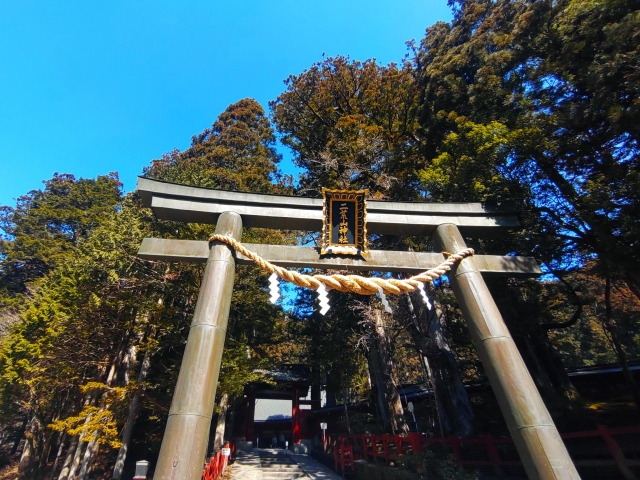
Nikko Futaarasan Shrine can be accessed by both public transportation and private vehicles, but advance planning is important, especially during the tourist season when crowds can be expected. Since the location and means of transportation differ between the head office and the chugu shrine, please choose the appropriate route according to your visit plans.
Transportation Access
To get to the Head Office (in Nikko Mountain) by public transportation, take the Tobu Bus bound for Chuzenji-ko or the World Heritage Meguri Bus from Nikko Station on the JR Nikko Line or Tobu Nikko Line, get off at the Taiyuin/Niarayama Shrine-mae stop, and walk about 3 minutes. It is about a 35-minute walk from Nikko Station.
By car, it takes about 5 minutes from the Nikko IC of the Nikko-Utsunomiya Road or about 40 minutes from the Utsunomiya IC of the Tohoku Expressway. When using a car navigation system, search for “Nikko Futaarasan Shrine” or “Nikko Sannai.
To get to Chugu Shrine, take the Tobu Bus bound for Chuzenji-ko from Nikko Station, get off at Chuzenji Onsen bus stop, and walk about 10 minutes. By private car, it takes about 30 minutes from the Nikko IC to the Chuzenji lakeside via Iroha slope. To reach the Okumiya (peak of Mt. Nantai), walk from the Nakamiya Shrine, which takes about 8 hours round trip.
<Address> 2484 Chugu Shrine, Nikko-shi, Tochigi 321-1661
Hours of worship, fees, and parking information
Hours of worship at the head shrine are from 8:00 a.m. to 5:00 p.m. from April to October and from 8:00 a.m. to 4:00 p.m. from November to March. There is a fee to visit the shrine garden (200 yen for adults and 100 yen for elementary and junior high school students), but there is no fee to visit the main shrine. The same applies to visiting the Chugu Shrine. A separate fee (500 yen for adults, 300 yen for junior and senior high school students, and 100 yen for elementary and junior high school students) is required to visit the Treasure House.
Parking is available at several toll parking lots around the headquarters, and costs from 500 yen to 1,000 yen per trip for a standard car. The Rinnoji Temple Parking Lot No. 1 and No. 2 are relatively easy to use, and it takes about 5 minutes to reach the head office on foot. Chugu Shrine has its own free parking lot, which can accommodate approximately 50 vehicles, but early arrival is recommended during the tourist season.
Nantai (500 yen for adults and 300 yen for elementary and junior high school students), and is open from April 25 to November 11. The climbing time is from 6:00 a.m. to 1:00 p.m. (descent is by 4:00 p.m.) and may be cancelled due to weather conditions. Visitors wishing to climb the mountain must be adequately equipped and physically fit.
Refer to the following websites
Nikko Futaarasan Shrine official website: http://www.futarasan.jp/
Nikko City Tourism Association Nikko Tabinavi: https://www.nikko-kankou.org/spot/4
Tochigi Tabinet: https://www.tochigiji.or.jp/spot/s6161


